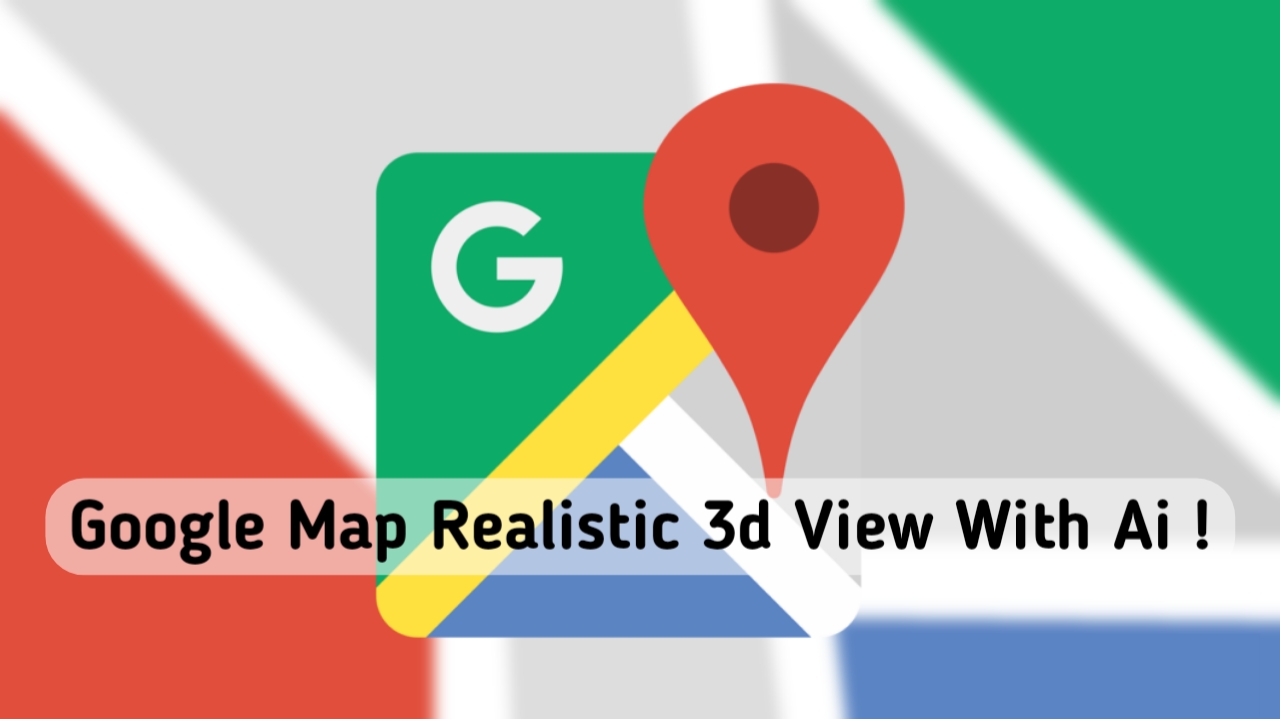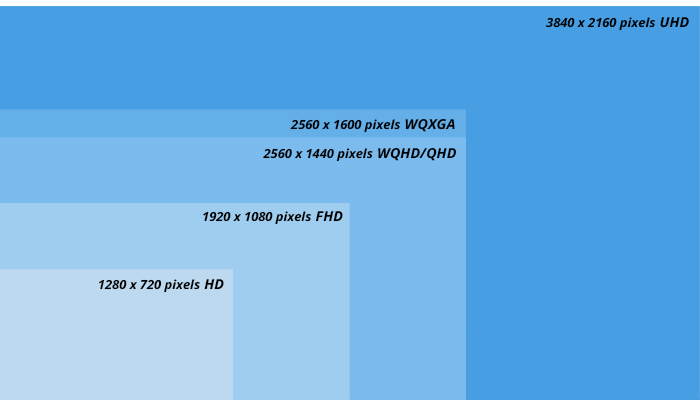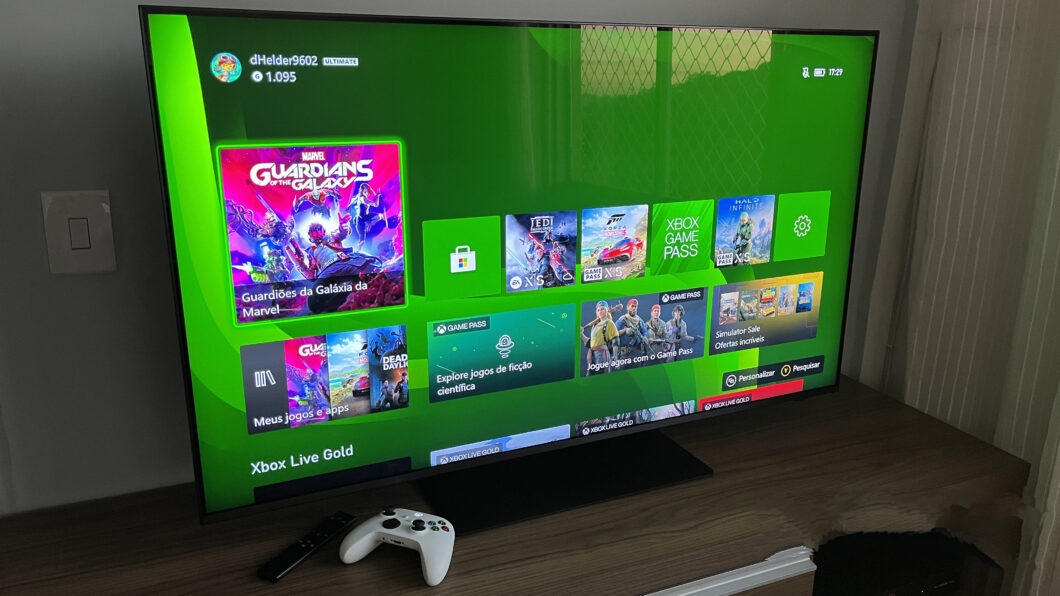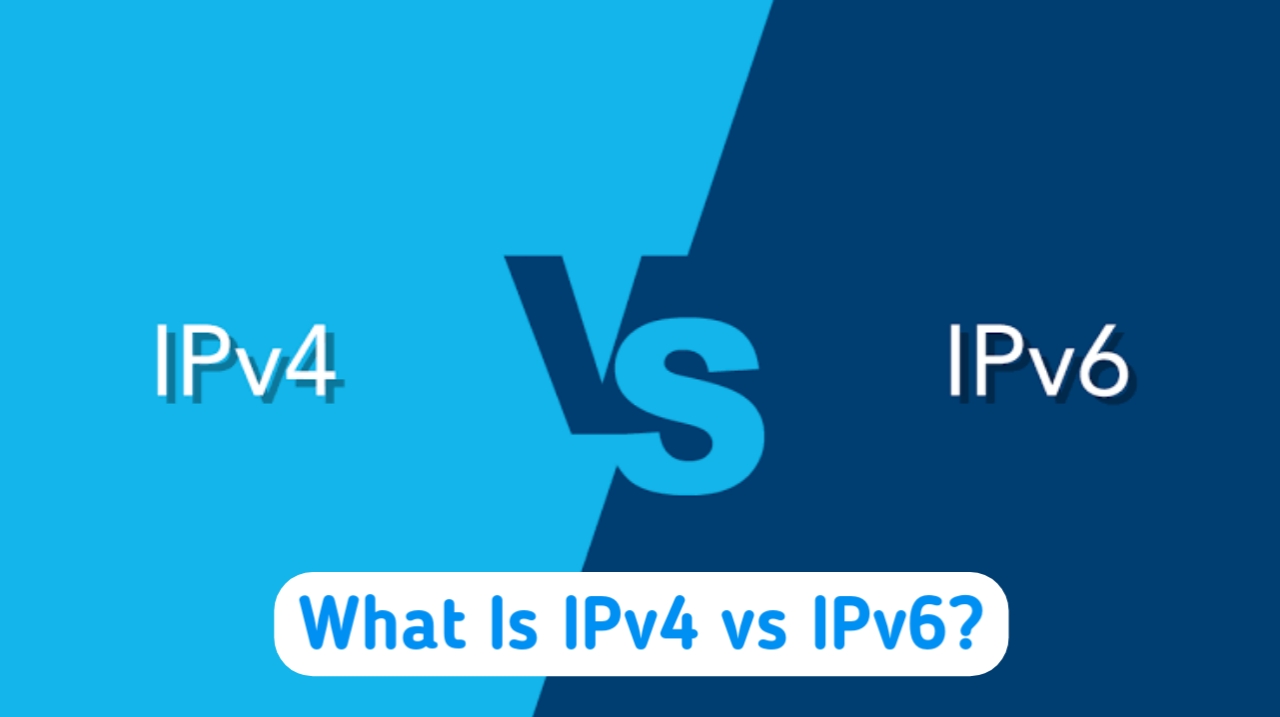AI is making Google Maps more immersive with realistic 3D buildings
Immersive View makes Google Maps show detailed 3D models of buildings in some cities; there is also a mode that finds useful places quickly
What is IPO In Detail and how to buy? IPO Full Form 2023
What Is IPO In Hindi: People Are Not Aware Of Many Things Related To The Stock Market, One Of Those Terms Is IPO. To Get Success In The Stock Market, It Is Necessary To Have Knowledge About IPO. That’s Why We Have Told You About IPO In Hindi In This Article. Through This Article, We Have Given You Information About What Is IPO, Types Of IPO, How To Buy IPO, How To Invest In IPO, Advantages Of IPO And Disadvantages Of IPO. If You Also Want To Invest In The Stock Market, Then This Article Is Very Important For You, So Read This Article Till The End. So Let’s Start This Article Without Any Delay – IPO Investment In Hindi. IPO Kya Hai In Hindi (What is IPO in Hindi) The Full Form Of IPO Is Initial Public Offering. Whenever A Company Lists Its Common Stock In The Stock Market And Makes It Public For The First Time, It Is Called An IPO. When Companies Are Listed On The Stock Market, Any Investor Can Buy And Sell Their Shares. Actually, Companies Need Funds To Increase Their Growth, Then They Offer Some Percent Of Their Shares To The General Public. The Company Invests The Funds It Raises From The Shares In The Development Of The Company And The Investor Gets Some Percentage Stake In The Company. Simply Put, When A Company Issues Its Common Shares To The General Public For The First Time, It Is Called An IPO. Any Company Is Listed In The Stock Market Through IPO. Full name of IPO (IPO Full form in Hindi) The Full Form Of IPO Is Initial Public Offering, Which In Hindi Is Called ‘First Public Offer’. By Now You Must Have Got A Little Idea That What Is An IPO, Now It Is Also Important To Know Why A Company Brings An IPO. Reason for bringing IPO As We Told You Above That Companies Issue IPO To Raise Funds. IPO Is Issued By Both Small And Big Companies. The Main Objective Of IPO Is To Raise Funds For The Necessary Operations And Progress Of The Company. Although Companies Can Also Take Loans From Banks To Raise Funds, But In Taking Loans, The Company Has To Return The Loan Amount Along With Interest To The Bank Within A Fixed Time Interval. But Companies Do Not Have To Return Anyone’s Money By Issuing Shares. After Getting Listed On The Stock Market, The Company Issues Some Percentage Of Its Shares To The General Public, And Investors Buy The Company’s Shares, Giving The Investor Some Percentage Of The Company’s Stake And The Company Receiving Money. Both The Company And The Investor Benefit From An IPO. On One Hand The Company Collects Funds For Itself And On The Other Hand The Investor Becomes The Owner Of Some Percentage Of The Company. A Company Can Issue An IPO More Than Once. Following Are Some Of The Major Reasons For Issuing An IPO – Types of IPO There Are Mainly Two Types Of IPOs – #1 – Fixed Price Offers (Fixed Price Offers) As The Name Suggests, Under Fixed Price, The…
Top 5 Tech Skills In Demand in 2022. Learn And Earn In Lakhs
In 2022 Most Demanded Tech Skill We Talk About And If Any One Learn This Skills Then you Can earn Money In Lakhs. WHAT IS MACHINE LEARNING? Machine Learning (ML), Czech for machine learning, is a field dealing with the study of machine learning. It works with a huge amount of data, which it analyzes , organizes into contexts and then evaluates (typically using cloud services ) with the aim of understanding real-world principles. It stores the resulting algorithms in models, from which it subsequently draws when solving a similar problem. Machine learning is based on its previous experience, which it further expands on the basis of new information – it learns, just like a person. Gradually, he can recognize individual objects, assign properties to them and connect them to each other through contexts. So, for example, he learns to distinguish a dog from a cat, and then adds additional information to the original knowledge, what is typical of both animals, what races we meet, and so on. We can therefore look for the use of machine use in decision-making processes. It can process an unimaginable amount of data for a human , which will bring us a completely new perspective not only on production processes, but also on the behavior of customers, for example, on an e-shop or a website providing services, and thus predict the subsequent development of demand. ML can then expand its knowledge based on new data even without human help. However, it cannot deal with them on its own – artificial intelligence (AI) takes care of that, which applies the acquired knowledge into practice. So machine learning is an AI tool that helps it better understand the world around it and allows it to learn. Therefore, all machine learning is artificial intelligence. On the contrary, however, this relationship may no longer work. Mobile Application Development A mobile application is a software/program designed for smart mobile phones (smartphones) or tablets. It usually has an intuitive user interface , offline accessibility and fast response. Control of mobile applications is mediated by a touch screen, which makes apps easier to use and easy to understand for users of all generations. Phones or tablets already have some applications pre-installed from the factory . These typically include a calendar, calculator, or email client. To install other applications or games, distribution services are used – the most used are Google Play or the App Store. In 2019, 204 billion apps were downloaded and installed through them. Both stores offer a wide range of tools for basically all purposes , from weather forecasting to communication applications to e-shop applications . There are no limits to your imagination when creating your own mobile application. The possibilities and potential are limited only by the concept and the programmer’s ability to write quality code. The development of a mobile application, whether for Android or iOS, is therefore particularly attractive for startups and company managers, where apps serve as means of communication with customers . However, basically anyone with a good idea can create their own app, either for a game or a tool to facilitate any activity. An example can be Uber, whose arrival has drastically changed the approach to the taxi service. SEO AND SEM SEO is an abbreviation that means Search Engine Optimization , in Slovak, optimization for search…
Everything about the event, apple, 14, and AirPods Pro, 2, and Apple Watch to the Ultra, and news
The event in September, Apple unveiled a new line of iPhone, the 14th, the three versions of the Apple Watch, and AirPods Pro 2. with the new chip, noise cancellation, improved The Apple has held a big event on Wednesday night (7):, the company unveiled the iPhone to the 14th, the new AirPods Pro with a chip and up-to-date, and the three models of the Apple Watch. With the launch, the company has also slashed the price of the older versions in Brazil. Check out the summary of all the latest news. iPhone 14 comes with a flavor of apple iPhone 13 The new crop of iPhones, it’s a bit… weird. On the line – your iPhone’s 14 and is equipped with A15 Bionic, it is the same as that used in the previous generation. With the launch, Apple no longer has the Mini version. The iPhone is 14 and continues on with the two size options: in the traditional, with a 6.1-inch display, in addition to the iPhone, the 14-Plus, with a 6.7-inch display. The camera is still a team with a resolution of 12 megapixels, but it has new sensors that have pixels that are larger. The front-facing camera has gained a lens with an aperture of f/1.9, autofocus, which should ensure the selfies of the highest quality in low-light environments. Another new feature is the so and SOS emergency satellite: the owner of a new iPhone 14 can ask for help, even in places with no cell phone signal or Wi-Fi. The service will be free of charge for two years, but it will only work in the United States and Canada only. In the United States, the new iPhones will be sold with no support for the chip and the physical, being required for the use of the eSIM. In other countries, including Brazil, the iPhone’s 14 and continues to the tray for the SIM Card. iPhone 14 Pro and the Pro Max has a camera of 48 MP One of the major releases of the day, it’s the iPhone 14 Pro. The design of the housing is very similar to that of the previous generation, but it’s the old rich turned into a cut-out in the format of the pill, which is part of the interface of the system for information on short term Dynamic Island). The Pro line has also won the upgrade in processor speed: 16 billion transistors, the on-chip 16 Bionic focuses on the economics of energy, and it has 6 cores, two of which are of a very high performance. The camera has also brought a new sensor with 48-megapixel camera on the lens is the main and the aperture to f/1,78. Apple has finally brought it to the iPhone 14 Pro to feature Always-On Display, which keeps the screen, OLED display, always-on, with a darker tone. The devices will be sold with a 6.1-inch iPhone 14 Pro -, and 6.7-inch iPhone 14 Pro Max). Just like the iPhone, the 14th, the Pro models will also come with a satellite-based communications for the OSS. The product will be available in versions of 128…
FHD, WQHD, Quad HD, Ultra HD, and more FULL INFO about image resolutions
Know the meaning of the acronyms and understand the differences between each of the image resolutions For professional use or just watching Netflix , knowing your screen resolution is one of the factors to consider when investing in new equipment . Before deciding on your purchase and going around just comparing prices, check the list to understand the acronyms: HD, FHD, WQHD, WQXGA, QHD and UHD and find the best option . Basic concepts: pixel, size and resolution When we talk about screens, we need to consider two measures: size and resolution. Size: refers to the physical dimensions of the screen; Resolution: is the amount of information displayed within these size limits. The screen size is measured in inches, each measuring 2.54 centimeters . That is, a smartphone with a 5-inch screen is 12.7 centimeters (5 x 2.54). As the screens are usually rectangular, the measurement is made considering the size of the diagonal. The resolution shows us how many pixels fit on the screen. Pixels are the points that make up the image being arranged in rows and columns. In this way, the resolution will define how many pixels there are in each row (width) and each column (height). So to say that a screen has a resolution of 1280 x 720 means that it displays 1280 pixels per row and 720 pixels per column. It is important to note that the more pixels, the higher the resolution , therefore, a better image quality on your screen. 1. HD / 720p HD (High Definition, the famous High Definition) or 720p, has a resolution of 1280 x 720 pixels, and is appropriate for the aspect ratio of 16:9, whether for televisions or cell phones. It is the most basic image quality found on devices and media files. This resolution is common on TVs and monitors smaller than 40 inches, and notebooks, as the standard screen resolution is 1366 x 768 pixels. 2. Full HD / 1080p Full HD or 1080p is a screen with a resolution of 1920 x 1080 pixels, equally suited to the 16:9 aspect ratio. However, with more lines of pixels to display on the display. With the emergence of 18:9 or 21:9 screens on smartphones, new resolutions have also emerged that better accommodate these proportions. We call HD+ any resolution that is based on 720 lines, such as 1480 x 720 pixels. If the resolution is based on the 1080 lines of Full HD we call it FHD+, like 2220 x 1080 pixels. The exact number of speakers will depend on the aspect ratio of the screen and may vary slightly from manufacturer to manufacturer. Despite the emergence of 4K resolution , it is common to find devices with Full HD screens, especially on TVs and notebooks. This resolution is still widely used by streaming services, as it is not necessary to have a fast internet connection to stream. Digital TV broadcasting is also done in this resolution. List of HD, Full HD and derivatives resolutions NAME RESOLUTION HD (720p) 1280 x 720 pixels nHD 640 x 360 pixels (a quarter of HD) qHD 960 x 540 pixels (one quarter of Full HD) Full HD (1080p or FHD) 1920 x 1080 pixels QHD or WQHD…
What is QLED? Full info about display technology used in TVs
Learn the differences between QLED and Neo QLED, their relationship with Crystal UHD TVs, plus the positives and negatives. QLED or Quantum Dot Light-Emitting Diodes is one of several technologies present in current televisions that reach 4K resolution or higher. Although increasingly popular, the term still raises doubts. Understand what QLED is , how it works and the main differences from other technologies such as Neo QLED, QNED and what characteristics to look out for when choosing a new TV. What is QLED QLED can be seen as an enhancement of LCD. The quantum dots used in the technology are crystals with nanometers in diameter that emit very specific lengths of light. These nanocrystals are composed of semiconductor materials that provide a quantum confinement effect, which occurs when the material’s electrons are limited to extremely small volumes. Quantum confinement allows nanocrystals the ability to modify and adjust the wavelength of light according to their size, generating different colors without the need for chemical combinations. Although quantum dot technology received its first commercial applications in 2013, in devices such as the Sony Triluminos line , studies on quantum confinement have been going on since 1982, when Russian scientists identified the phenomenon. In devices with QLED technology, there is a structure made up of an LCD screen, a film of quantum dots and a backlight composed of LEDs that emit blue light. The backlight is the set composed of a lamp and other elements that provide the necessary light for the process of producing images in displays that do not produce their own light. LCD televisions usually use a backlight that emits white light, while QLED technology uses a blue light LED. The nanocrystals present in QLED devices are one of the technology’s differentials, because inside the film, there are specific crystals that reproduce shades of red, green and blue. This operation avoids tonal variations, producing purer, more realistic colors and brighter screens. Is QLED already the standard or are there still inferior TVs? Despite gaining popularity, QLED TVs share space with their LCD and LED older sisters. These technologies use a lighting unit and have similar characteristics, although QLED models are brighter and have a wider color gamut. In addition to these models, there are TVs with OLED technology, which produce images through another method that results in images with different characteristics. Therefore, it is a little complex to define the quality of a device, based only on the technology used. In a more basic comparison, we can say that QLED screens present more brightness and more vivid colors, while OLED screens offer deeper black levels and greater contrast, due to their individually illuminated organic diode technology that allows each pixel to be turned on or off individually. . As QLED and LED TV models need a light source to produce images, they have less precise light control than OLED models, resulting in grayer and less faithful blacks. On the other hand, QLED televisions can offer a greater color gamut, more brightness and tend to have fewer problems with reflections on the screen, something that can make them an interesting choice for brighter environments. The most important…
What is IPv4 vs IPv6? Complete information about Internet Protocol
Have you ever heard of IPv4 or IPv6? How would you feel after hearing that the Internet is now passing through the constraints of Internet Addresses? You must have also heard that the last block of IPv4 Internet Address has also been allocated now. If you have guessed by now, let me make it clear to you that I am talking about the underlying technology that drives the Internet Protocol address. Yes, it is called IP Address. Which is associated with the beginning of the Internet and is going to end very soon. We are now concerned about this issue. IPv6 often referred to as the successor of IPv4, will soon take its place. IPv6 has many advantages over IPv4. With this new technology, not only will we get more numerical addresses, but its use will also make address assignment and network security much easier. But the transition from IPv4 to IPv6 can be a bit daunting and challenging. People have no idea about these two techniques. So today I thought why not give complete information about IPv4 and IPv6 to you guys so that you can get to know about the difference between IPv4 and IPv6 properly? First of all, let us know what is Internet Protocol. What is Internet Protocol (IP)? The full form of IP is Internet Protocol. It describes the technical formats of how data packets are processed and how computers in the network communicate with the help of addressing schemes. Almost all networks combine IP with a high-level protocol, also known as a Transmission Control Protocol (TCP), to create a virtual connection between the destination and the source. If I explain to you with an example, you will probably understand more. IP is like our Indian postal system in which this package (datagram) is first sent to the address (encapsulation) and then it is sent by a sender to the system (Internet). But there is no direct connection between sender and receiver. That package (datagram) is divided into several parts, but the address of the receiver (destination host) remains in all parts. And over time each part reaches the receiver, but on different paths and at different times. It determines the route and time by the postal system, here called IP. But the postal system (here the transport and application layers) links all the parts together and delivers it to the receiver (destination host) at the right time. Whereas in TCP/IP a connection is established between two hosts so that they can exchange messages among themselves for a period of time. What is an Internet Protocol Version? A current example of Internet Protocol is IPv6. IPv6 is an evolution of IP version 4, and is the latest version. In extreme situations where IPv6 is in high demand, IPv6 will coexist with the older IPv4 for some time. What is IPv4? IPv4 (Internet Protocol Version 4) It is the fourth revision of Internet Protocol (IP) and is used to identify the device through the addressing system in the network. Internet Protocol is designed to be used in interconnected systems of packet-switched computer communication networks. IPv4 is commonly used to connect…












